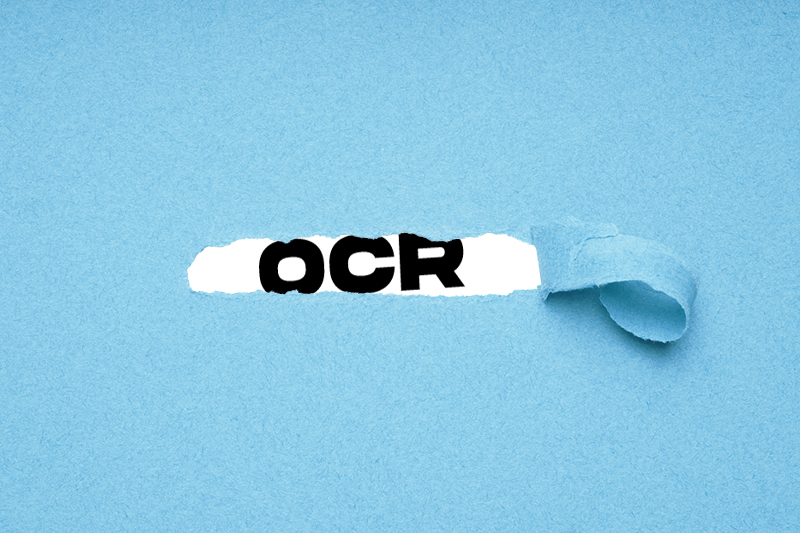
Westpac is going boldly where no other economists have gone. It says dropping the OCR on Wednesday is likely the wrong thing to do.
The RBNZ is widely expected to cut the OCR by another 25 basis points (bp) to 3.5% and cut by the same amount again next month to 3.25%.
Westpac chief economist Kelly Eckhold says recent numbers showed an improving economy, but also clear inflation pressures.
"Given the mandate is solely focused on inflation, it's hard to make the case for cutting rates at every meeting from here.”
He says a more consistent approach would be to leave the OCR unchanged on Wednesday and consider a 25 bp cut at May’s Monetary Policy Statement review.
The RBNZ has put considerable weight on a view that the neutral OCR is about 3%, but Eckhold says this variable is unknown and unmeasurable in real time. Interest rates may already be at neutral.
“The neutral OCR is an unhelpful concept for policy formulation now the OCR is no longer at obviously tight levels.”
The RBNZ has already cut rates aggressively – pretty much as quickly as seen in the Global Financial Crisis, he says. “We don’t have a crisis right now.”Given the significant easing that’s already occurred, Eckhold says the stronger case is to step back and assess the impact of what’s already been done.
“No change in the OCR is appropriate.
“While past communication appeared to promise a cut on Wednesday almost unconditionally, decisions should always be based on the situation on the ground.”
When will cutting end?
For the BNZ the story is really about when the RBNZ will stop cutting the OCR, Stephen Toplis, BNZ research head says.
In February the central bank implied a cash rate of 3% would be the low in the cycle.
Toplis doubts the central bank will do anything in this week’s Monetary Policy Review (MPR) to suggest its expectation has changed but, equally, the absence of any interest rate track accompanying the MPR means there will be little signal on this anyway.
At this stage the BNZ economists continue to forecast a 2.75% low.
“We are tempted to give this a nudge higher to 3% but for every reason that pops up that says we should do so there is another that says we shouldn’t.” Toplis says.
Increasingly, the market seems reluctant to fully price in a 3% low in the cash rate. The existing market bottom sits a smidgen above 3% but has regularly risen above 3.1%.
Toplis says while the RBNZ will not be unhappy with this, he doubts it will want the “last” rate cut priced out at this point.”
“Was this to be the case then mortgage interest rates could well be repriced higher. We are not at all convinced the RBNZ wants that to happen now.
“Equally, we doubt the RBNZ is overly enthusiastic about the speed at which the market is pricing interest rate hikes in 2026, albeit that such pricing may be telling us more about supply and demand conditions in interest rate markets than it tells us about “true” interest rate expectations.”
He says ultimately driver of the low in the cash rate could be determined by whether the RBNZ succumbs to trading banks’ pressure and eases back on its published intent to have bank capital ratios rise aggressively.
This is now under review by the RBNZ and a decision is expected before the end of the year.
Mortgage rollover volumes could affect interest rates
ASB chief economist Nick Tuffley says the RBNZ’s decision to cut the OCR this week should be straightforward, admittedly in an increasingly less straightforward world.
Domestic developments have been largely in line with the RBNZ view of the economy and inflation outlook.
“But it’s hardly a bed of roses, he says.
“Donald Trump’s tariff ‘bad medicine’, including last week’s ‘reciprocal tariffs’, have created much more uncertainty about the path of New Zealand growth and inflation.
Future inflationary pressures could be exacerbated by US tariffs, any global retaliation that pushes up production costs, any marked depreciation of the New Zealand dollar, and any rebound in New Zealand’s inflation expectations to elevated levels.
The dominance of these impacts on New Zealand’s medium-term inflation pressures is what matters for the RBNZ’s policy decisions, Tuffley says.
“That will take a bit more time to show through more clearly. Our suspicion is the negatives are more likely to dominate.”
Tuffley expects the RBNZ to also cut the OCR again next month by 25bp. Beyond that, the outlook is “flying more than usual on a wing and a prayer”, so the May Monetary Policy Statement will potentially have a more challenging balancing act, he says.
Sluggish economic recovery means cuts
Meanwhile ANZ economists say given the RBNZ has clearly signalled it will be cutting the OCR by 25 basis points on Wednesday, the burden of proof is on finding reasons not to deliver.
ANZ chief economist Sharon Zollner says the housing market is going nowhere fast, consumer confidence is in the doldrums, the labour market recovery is sluggish, and the lift in retail spending is gradual.
“None of that will be a surprise to the RBNZ. Also, in the “neither here nor there” category: the RBNZ recently lost its Governor Adrian Orr.
Given the continuity provided by the committee structure (the Governor is just one of sevenMonetary Policy Committee members), we don’t expect any monetary policy implications in the near term.
“Indeed, if anything, the committee’s bias might be to not rock the boat.”
Zollner says the main factor on the “downside risk” side of the ledger is that global growth fears are intensifying as unpredictable tariff wars and geopolitical developments make for shifting sands. “But for now, we think that’ll stay in the ‘risks’ basket.”





Comments
No comments yet.
Sign In to add your comment